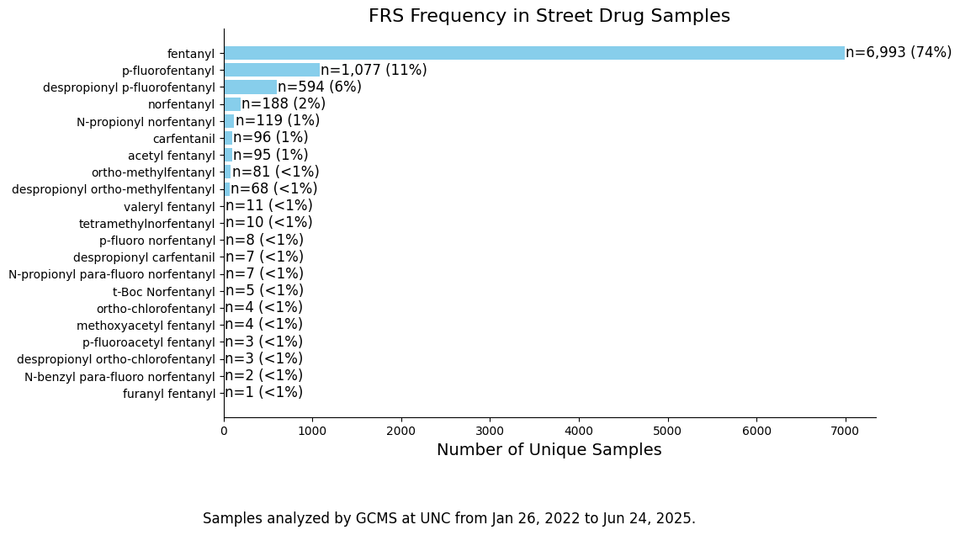The HALT Fentanyl Act passed the US Senate in March and the House in June. It is expected to be signed into law by the President. Confusingly, the legislation creates a new grouping of “fentanyl-related substances” (FRS) which could include non-psychoactive drugs that are not involved in overdose. The list of these substances are poorly defined in the legislation; what comes next is a months-long process for the forensic chemistry community to decipher the chemical descriptions clumsily spelled out by DEA.
For example:“The term ‘fentanyl-related substance’ means any substance that is structurally related to fentanyl… By replacement of the aniline ring with any aromatic monocycle whether or not further substituted in or on the aromatic monocycle. Or, By substitution in or on the piperidine ring with alkyl, alkenyl, alkoxyl, ester, ether, hydroxyl, halo, haloalkyl, amino, or nitro groups.”
Got it? Riiiiiiight. The FRS designation comes on top of the already established “fentanyl analogues” classification. Confusing!! And it creates higher penalties even for FRS that have no overdose risk.
So, we looked at our drug checking data to see which FRS actually show up in the drug supply. We’ve analyzed 7,012 samples with fentanyl or FRS. We’ve detected 21 unique FRS. The two most common non-fentanyl FRS are para-fluorofentanyl and despropionyl p-fluorofentanyl. The third most common, norfentanyl, is much less potent than fentanyl. In the context of overdose prevention, less potent alternatives to fentanyl could have been intriguing. Carfentanil (and related) are the only FRS we encountered to be found in the absence of fentanyl.
On a sample-by-sample basis, 99.7% of samples already contained fentanyl. Meaning, the legislation is more about theoretical future chemistry than actually impacting current street production. Notably, it appears that the legislation does not cover nitazenes. Therefore, we anticipate the impact of the HALT Fentanyl Act will be to push the street opioid supply towards nitazenes, which we are tracking here. Nitazenes are reported to be stronger and more sedating than usual street opioids in the 148 samples we have tested.

Geopolitics of Drugs
We want to flag a potential major change in the opioid markets that took effect on July 1, 2025. (We've been tracking nitazenes for awhile.) The Chinese national government enacted new enforcement against all nitazenes. Despite the problematic language in this news notice, it’s worth understanding the implications. This a good background read from the Brookings Institute on the international supply chain. Nitazenes have emerged in the United Kingdom, and in places like Tenneessee. Combined with the HALT Fentanyl Act, the synthetic opioid supply is poised to undergo major changes in the coming 6 months. HT: Ben Westhoff’s Substack for reminding us this was going into effect.


